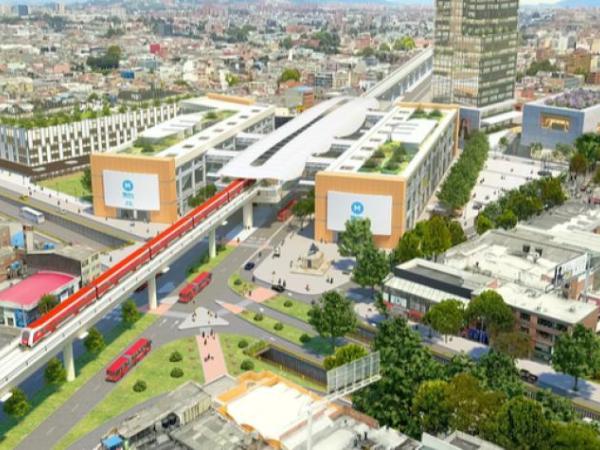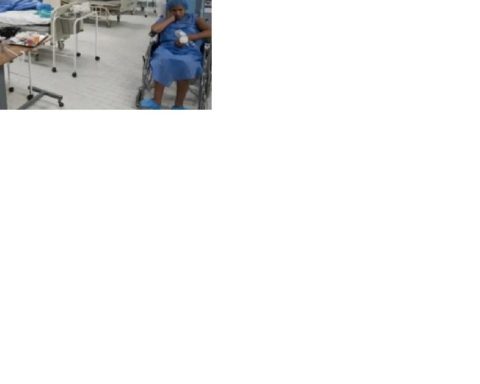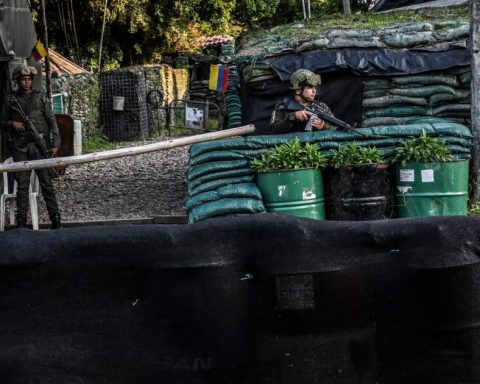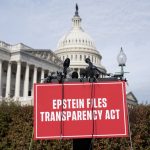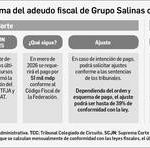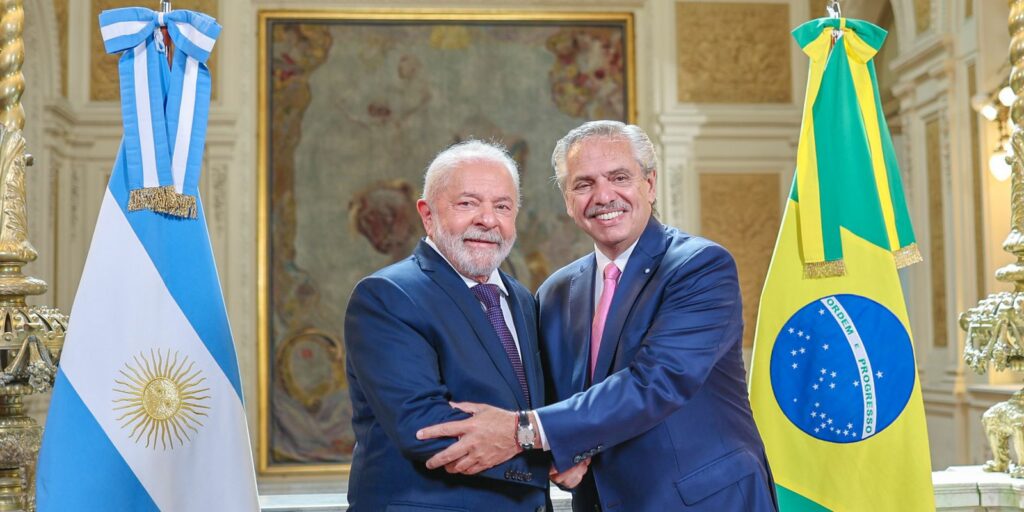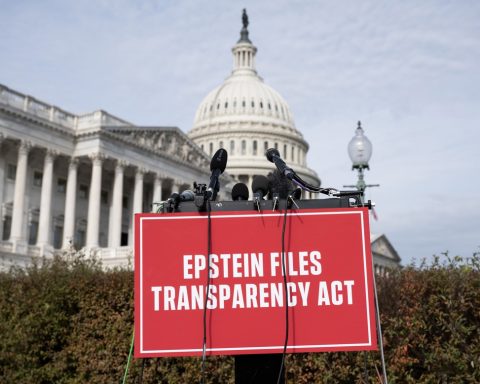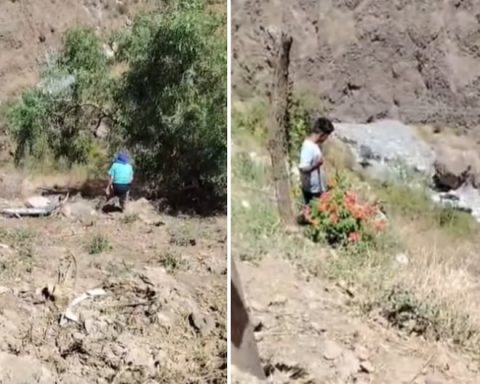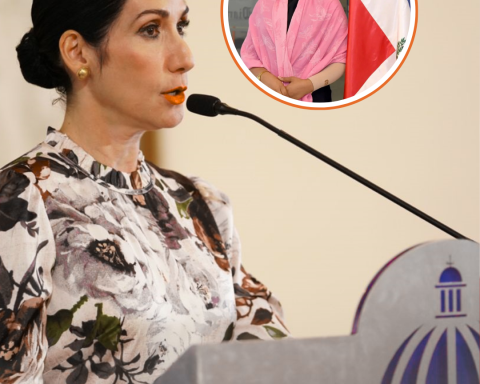Since he was announced as a candidate, the current president Gustavo Petro prioritized among his campaign promises what he once studied as mayor of the capital: achieve the underground Bogota Metro.
(See: Underground section of the Metro would cost up to $17 billion more).
Up to date, Petro has succeeded in getting the Chinese consortium in charge of the works, Metro Line 1 (Apca Transmimetro) Give a list of options to achieve your goal.
Among the proposals that would necessarily imply the modification of the contract, one that contemplates an underground section between station 10 and (first south street with Caracas) and 100th street with north highway (covering the entire journey along Avenida Caracas)which has a cost of $17 billion, a value greater than even the project itself, which according to El Tiempo, at today’s prices, will cost about $16.8 billion.
(See: Metro de Bogotá seeks Sovereign Guarantee for its Line 2).
The second proposal is a shorter journey which can be seen from station 14 (calle 45 with Caracas) to 100 street and has a value close to $12 billion.
The next option is a different section and It goes from station 8 (on Primera de Mayo avenue) to 72nd street, with a price tag of $11 billion; They also propose a shorter version from station 10 (first south street with Caracas) to 72 street, which would cost $8.2 billion.
Lastly, the consortium remarked the possibility of keeping the current design and add a stretch underground between 72nd and 100th streets, which would cost $10 billion.
These alternatives, although they comply with the mission of President Petro to partially or completely bury the first line of the Bogotá metro, not only imply budget additions between 50% and 100% of the value of the project, but also a delay older in time.
Faced with this situation, José Stalin Rojas, director of the Logistics and Mobility Observatory of the National University, He considers the discussion repetitive.
(See: BYD, with the magnifying glass in tenders for the Bogotá Metro).
“Although this initiative is technically feasible, it should not affect the schedule or the initial budget. It is not understood why build this underground section if it is precisely there where it is not necessary to build it that way. It would be more feasible to continue construction as planned.” says the manager.
If any of the changes proposed by the consortiumthe start-up date of this Project It would increase up to seven years, so Bogotanos could see the first metro line materialize until 2035.
To this, the economics professor at the Universidad del Rosario, Alejandro Usecheadds another challenge: the ‘eternal’ discussion on how the metro should be made.
“Here there is a problem, you advance, you go back, you advance again and the decades continue to pass and Bogotá does not have a subway. Waiting seven years or more would bring immensely large costs not only for the project in terms of disbursements, but also in terms of the quality of life of the inhabitants of Bogotá who urgently need concrete solutions for mobility”, He says.
(See: Chinese consortium will evaluate underground section on the first line of the Metro).
Likewise, the expert highlights the difficult moment that the country is going through in economic matters and that the effects of carrying with these costs.
“The Government is seeing how it raises money through the tax reform to meet the campaign commitments, where many of them have nothing to do with mobility in Bogotá, there are other priorities,” remark.
According to the Bogota Metro Companythe work progresses as signed by the schedule and there is a total execution of 18% of the Project.
There are even works that advance on top of what was planned, as in the Courtyard Workshop located In the town of bag which has an advance of 62.7%, 42% above what was programmed.
PAULA GALEANO BALAGERA
PORTFOLIO JOURNALIST
